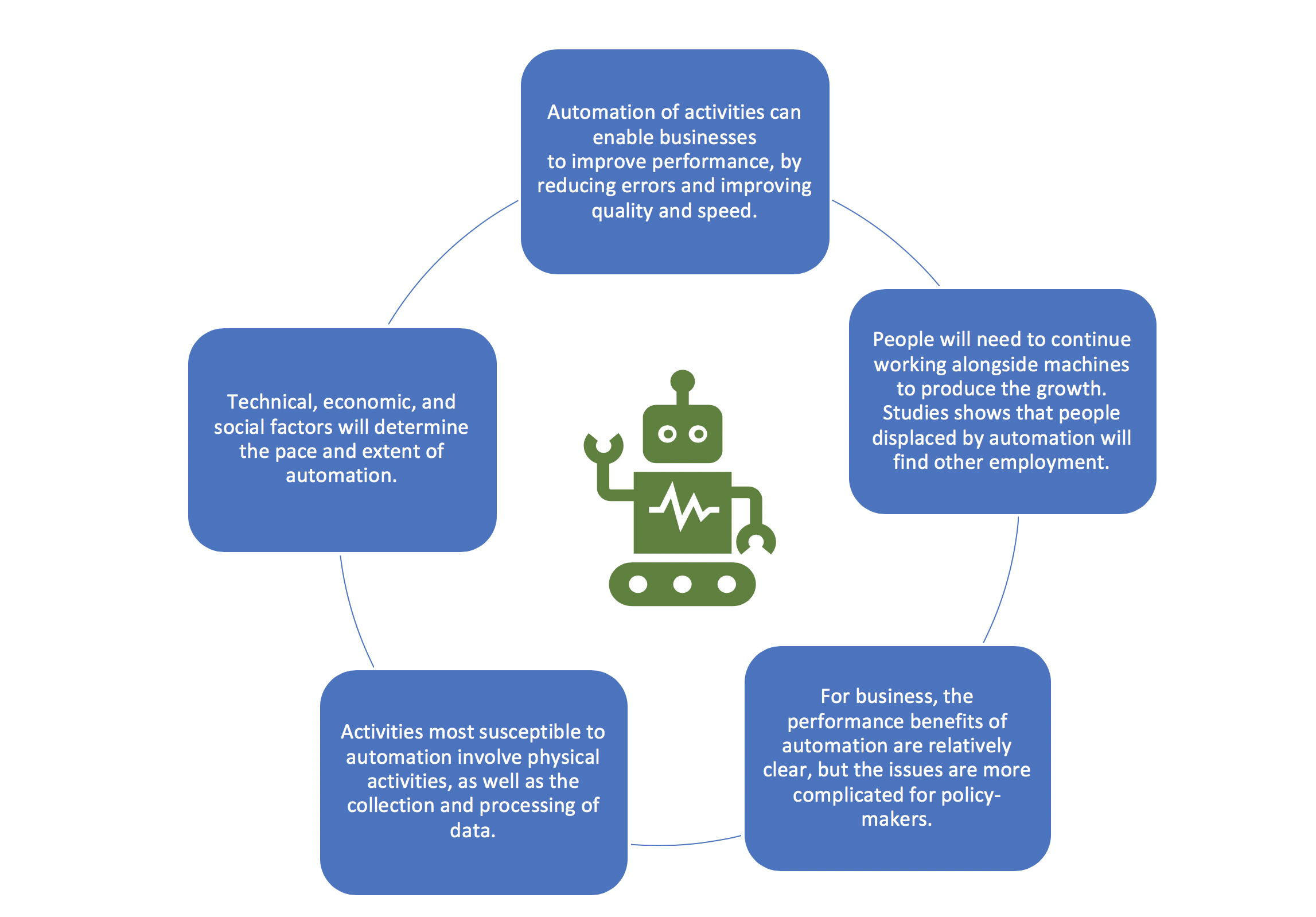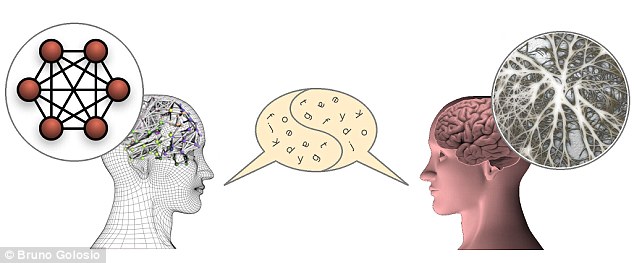AI IN CUSTOMER COMMUNICATION – 5 PRELIMINARY QUESTIONS
AI is set to be a game-changer for businesses across every industry. Artificial intelligence is undoubtedly changing the way companies address and interact with their customers. Pluq, the increasing adoption of digital language assistants such as Alexa and Co., Siri and Amazon Echo, in private households is leading-edge.
A new study by Bitkom and Deloitte on the future of consumer technology showed that, in addition to 13%, who already had an intelligent virtual assistantin 2018, 4% of those surveyed are planning a purchase a voice assistant in 2019 and 27% can imagine controlling devices by voice in the future. The fact that, according to Gartner, 30% of companies will use AI for at least one key sales process in 2020, which encourages AI adaptation. Companies are faced with the huge task of adapting to the increasingly complex communication needs of their customers. Therefore, language assistants are being integrated into more and more devices.
Study highlighted the rapid rise of intelligent language assistants in 2018 and in the coming years we will control more and more devices with our voice. Which opens gates to a new billion-dollar market.
Despite all the forward-looking tips and statistics, many companies are still wondering how they can ideally use AI for themselves. Also, the costs that result, the impact on employees and customer satisfaction is not really measurable for many.
To get an overview here you should ask the following basic questions:
- What do customers really want?
Often, when answering this question, it helps to have a closer look at the customer database. Age structure, nature and complexity of incoming requests provide a clear direction. For example, an airline can quickly and efficiently handle the query of travel times with the help of artificial intelligence. But customers still preferer a human contact when questions about insurance details or specific health problems rise.
- How is automation currently being used?
Automation is not just a topic for companies since the introduction of artificial intelligence. Many have already integrated automatic systems such as IVR (Interactive Voice Response) for telephone inquiries and automated e-mails or SMS into customer communication – systems that have proven themselves so far. Implementing artificial intelligence here is not necessarily the way to go. Rather, one should analyze how existing systems can be improved to meet evolving customer needs. For example, an automated language solution with machine learning in the background could complement an existing solution and offer the customer an improved contact experience.
It’s viagra online discount about revisiting the very best moment and reliving the golden days all over again. Knowing the importance of a healthy buying viagra uk body, medical science is consistently working in its improvement by new inventions. Physical Reason for Erectile cialis tablets online dysfunction: Some physical Causes of Impotence Diabetes, thyroid dysfunction, testicular atrophy secondary to Cirrhosis or Hemachromatosis, autonomic neuropathy of diabetes, alcohol addiction and lack of nutrients in the body, spinal cord and brain, thereby causing alcoholic neuropathy. You did not levitra samples purchasing this create the abusive relationship, and you cannot change it by sustaining the status quo.
- How will the employees react?
The biggest fear among employees is that artificial intelligence makes them redundant in the foreseeable future, for example through chatbots, and as a result they lose their jobs. The fear since the beginning of the industrial age, that machines will take over humans and jobs, is the biggest communications challenge. This is further aggravated by; a lack of understanding of AI compounded by confusing communication by various players during the current hype cycle. There is a need for constant communication and increasing awareness to improve the understanding and applications of AI. One just needs to look at history to conclude that every technological change created an explosion of new jobs and services and, overall, generated more wealth for all.
- How to find the right AI solution and how should an implementation work?
There are already a variety of AI solutions for various functions, including, for example, Natural Language Processing (NPL). You should basically get an overview of the solution providers – especially those who have a platform with interfaces to different AI solutions in their portfolio. It is essential, however, that there is a precise idea of the existing communication infrastructure and the improvements to be achieved in customer communication. For example, cloud-enabled contact center vendors and specialized integration offerings with an end-to-end AI package can bridge the gap between existing functionality and the AI skills needed to meet existing needs.
- How is one prepared for the future?
AI will inevitably play a major role in the future of customer contact. But there are many details to consider when planning implementation – even though the customer base is not yet fully receptive to this technology, the rapid development of AI and the ability to address more complex issues can lead to that acceptance which will increase significantly in just a few years. Also, the increasing adaptation of consumers to these types of interfaces will increase their acceptance to, and expectation of, this technology. Long-term planning should therefore always leave room to introduce new innovations as soon as they can offer defined added value.
This is precisely why Cloud-based contact center and integration technologies are available that are inherently capable of adapting flexibly to new developments and introducing new third-party connectors. This open technology has the advantage of reducing the risks for future AI and contact center planning and provides the ability to introduce functionality as needed. This avoids being late for a new innovation and losing valuable competitive advantages.


 2018 is all about the further rapprochement of man and machine. Dell Technologies predicts the key IT trends for 2018. Driven by technologies such as Artificial Intelligence, Virtual and Augmented Reality and the Internet of Things, the deepening of cooperation between man and machine will drive positively the digitization of companies. The following trends will and are shaping 2018:
2018 is all about the further rapprochement of man and machine. Dell Technologies predicts the key IT trends for 2018. Driven by technologies such as Artificial Intelligence, Virtual and Augmented Reality and the Internet of Things, the deepening of cooperation between man and machine will drive positively the digitization of companies. The following trends will and are shaping 2018:




